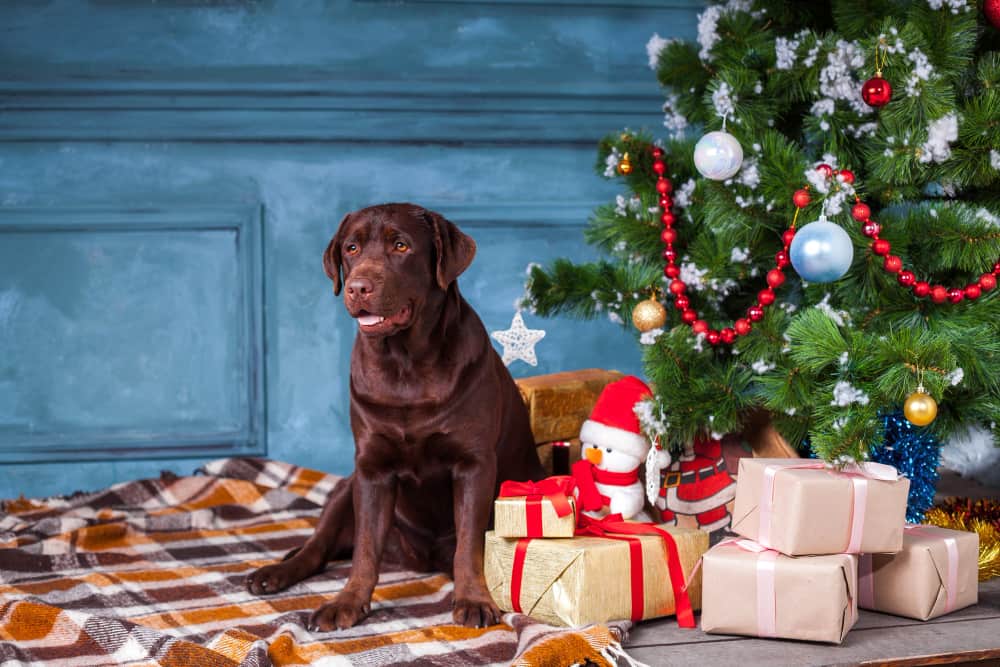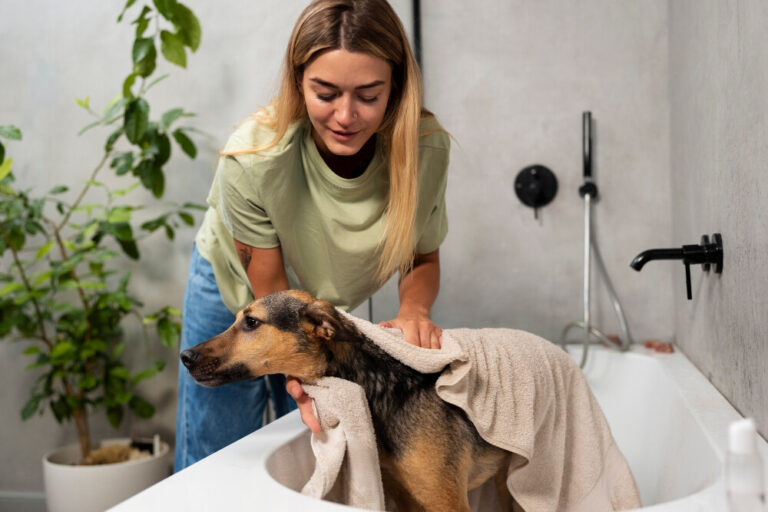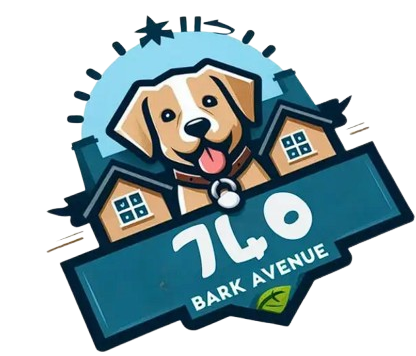Is Your Pet Food Safe? Complete Guide to Pet Food Safety

Have you ever wondered, Is my pet food safe? This guide dives deep into pet food safety. We’ll explore what makes food safe for pets and what to watch out for. Your pet’s health starts with their diet, and understanding pet food safety is key.
Why Pet Food Safety Matters?
Pets are family. Their health depends on the quality of their food. Unsafe food can lead to allergies, illnesses, or worse. Contaminated food affects not just pets but also humans, especially when handling food with bacteria like Salmonella or E. coli. Knowing what’s in your pet’s food keeps them happy and healthy.
Key Ingredients to Avoid
Have you ever wondered what’s really in your pet’s food? Some ingredients sound harmless but can quietly harm your furry friend over time. Let’s uncover the culprits and ensure your pet’s bowl is free from harmful substances.
1. Harmful Chemicals
Some pet foods contain chemicals like preservatives and artificial colors. These additives can cause long-term health issues in pets, such as kidney or liver problems. Always check the label for harmful substances.
2. Unsafe Additives
Additives like menadione (a synthetic vitamin K) and certain artificial flavorings can be toxic. Avoid products with unclear or vague ingredients. It’s better to choose foods with natural additives and clear labeling.
3. Contaminants
Pet food can sometimes carry harmful bacteria like Salmonella or E. coli. These pathogens are dangerous for pets and humans alike. Cross-contamination during production is a common issue, so always opt for trusted brands.
What to Look for on Labels?
Have you ever read the label on your pet’s food and wondered what it all means? Let’s break it down to keep your furry friend healthy.
Clear Ingredient List
A transparent ingredient list is essential. Look for whole, recognizable foods like chicken, beef, vegetables, or grains. Avoid vague terms like “meat by-products” or “animal digest.”
AAFCO Approval
The Association of American Feed Control Officials (AAFCO) sets nutritional standards for pet food. Ensure the product meets their guidelines, as this indicates balanced and safe food.
Guaranteed Analysis
This section on the label lists protein, fat, and fiber levels. Ensuring the right balance of nutrients is crucial for your pet’s health. Look for taurine in cat food, as it’s vital for heart health.
Common Signs of Unsafe Pet Food
Labels can be confusing, but they hold the key to understanding what your pet is eating. Let’s break it down and make sense of the information to keep your furry friend healthy.
Bad Smell or Appearance
Spoiled food smells off or looks discolored. Mold or an unusual texture can also indicate contamination. Never feed questionable food to your pet.
Pet Reactions
Watch for symptoms like vomiting, diarrhea, or excessive itching after meals. These may signal food allergies or contamination.
Recall Notices
Stay informed about recalls. Companies issue recalls for contaminated or mislabeled products. Websites like the FDA’s pet food recall page provide updates.
How to Store Pet Food Safely?
Proper pet food storage keeps your pet safe and healthy. Mishandling food can lead to contamination, spoilage, or nutrient loss. Storing food correctly ensures it stays fresh, safe, and full of nutrients for your pet. How to store them?
Use Airtight Containers
Store pet food in airtight containers to prevent contamination and maintain freshness. Avoid keeping food in its original bag once opened.
Store in a Cool, Dry Place
Heat and moisture can spoil food and encourage mold growth. Store food in a pantry or a temperature-controlled area.
Check Expiration Dates
Expired food can lose nutritional value and pose health risks. Always check the expiration date before feeding your pet.
Read More: How to Get Rid of Ants from Dog Food
The Role of Veterinary Nutritionists
Veterinary nutritionists help ensure your pet gets the right diet. They analyze your pet’s health needs and recommend appropriate brands or formulations. They also address specific issues like kidney health or food allergies.
Homemade Pet Food: Pros and Cons
For many pet owners, the idea of personally crafting their pet’s diet offers greater control and peace of mind. But is homemade pet food the best option for both you and your pet?
Pros
Here are some advantages of homemade pet food:
- Full control over ingredients
- Fresh and natural meals
- Customizable for specific dietary needs
Cons
And here are a few drawbacks of homemade pet food:
- Time-consuming preparation
- Risk of unbalanced meals
- Potential lack of essential nutrients without guidance
Consult a veterinary nutritionist if you choose to prepare homemade meals to ensure they meet your pet’s needs.
Pet Food Recalls: What You Need to Know?
Pet food recalls occur when products are found to be unsafe. Contamination with bacteria, incorrect labeling, or harmful additives are common reasons. Stay updated by subscribing to recall alerts from trusted sources like the FDA or AVMA.
How to Handle Unsafe Pet Food?
Even the best intentions can go wrong if the food you give your pet isn’t safe. Are you sure your furry friend is getting the right meal?
Contact Your Vet: Call your vet immediately if you suspect your pet has consumed unsafe food.
Save the Packaging: Keep the food packaging for reference. This helps identify the batch and manufacturer.
Monitor Symptoms: Look for signs like vomiting, lethargy, or changes in appetite. Act quickly to prevent complications.
Tips for Choosing the Best Pet Food
With so many options out there, it’s easy to get confused. What should you look for? How can you ensure the food is nutritious and safe for your pet? To make sure everything is fine, follow these:
Research Brands
Look for brands with a good reputation and strong safety practices. Companies that conduct regular testing and follow AAFCO standards are ideal.
Avoid Trendy Diets Without Evidence
Trendy diets like grain-free or raw may not always be the best choice. Consult your vet before making drastic changes.
Focus on Nutritional Balance
Ensure the food meets your pet’s specific dietary needs. For example, large dog breeds may need food formulated for joint health, while cats require taurine for heart and eye health.
Conclusion
Your pet’s safety starts with their food. By choosing high-quality products, reading labels, and consulting professionals, you can ensure a happy, healthy life for your furry friend. Pet food safety isn’t just about avoiding harm—it’s about giving your pet the best care possible.
FAQs
How can I tell if my pet has food allergies?
Signs include itching, vomiting, diarrhea, or skin irritation. A vet can diagnose allergies through tests or elimination diets.
Are raw diets safe for pets?
Raw diets carry risks of bacteria like Salmonella. Always consult your vet before switching to a raw diet to ensure safety and balance.
What is the best way to transition to new food?
Mix the new food with the old one over 7–10 days. Gradually increase the amount of new food to avoid upsetting your pet’s stomach.
Can I feed my pet human food?
Some human foods, like cooked chicken or rice, are safe. Avoid toxic items like chocolate, onions, or grapes.
How often should I check for recalls?
Check monthly or subscribe to recall alerts for your pet food brands. Staying informed helps protect your pet.
Tags
What do you think?
Related Articles

How to Build a Dog Wash Station: The Ultimate DIY Guide
Pet ownership is a rewarding experience, but it comes with responsibilities—like keeping your furry friend clean and healthy. Did you know that nearly 67% of

10 Useful Gift Ideas for New Dog Owners
A dog owner needs a lot of things to take care of his/her dog properly. If you want to gift something to a dog owner,

Do Dogs Get Bored of Their Food?
Ever wonder if your pup gets bored of eating the same kibble every day? You’re not alone! Many pet owners notice their dogs losing interest
